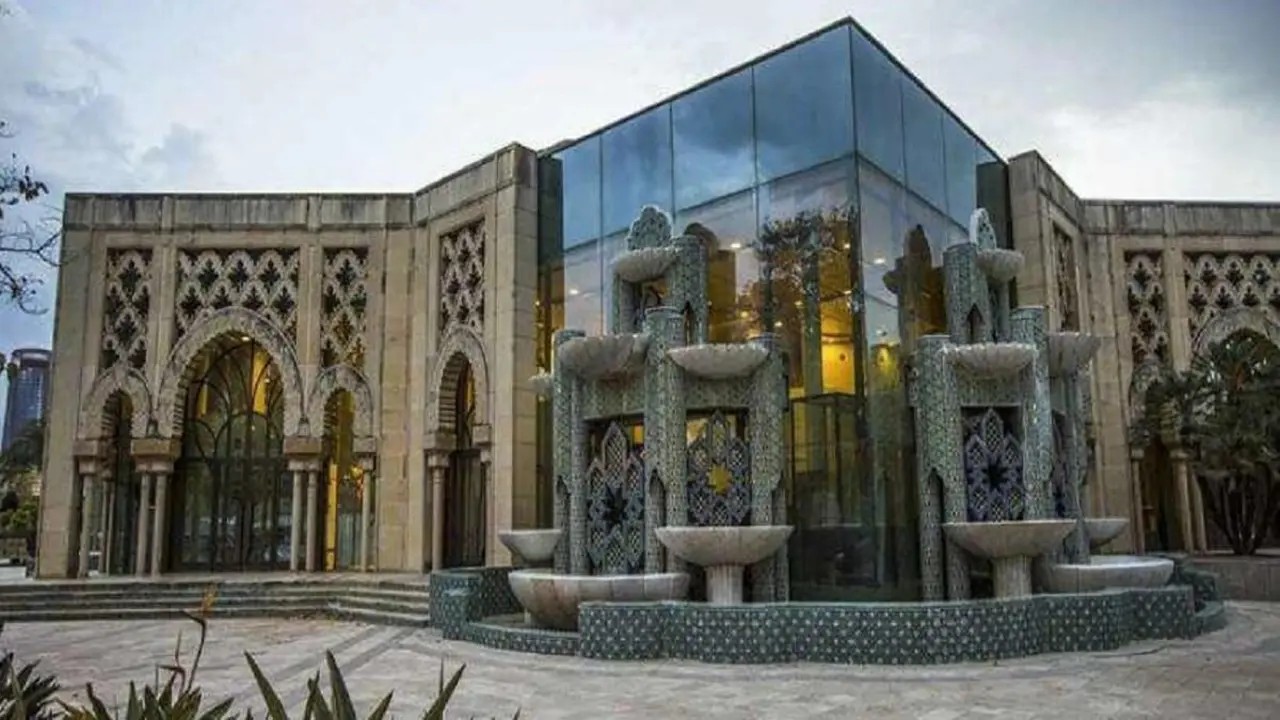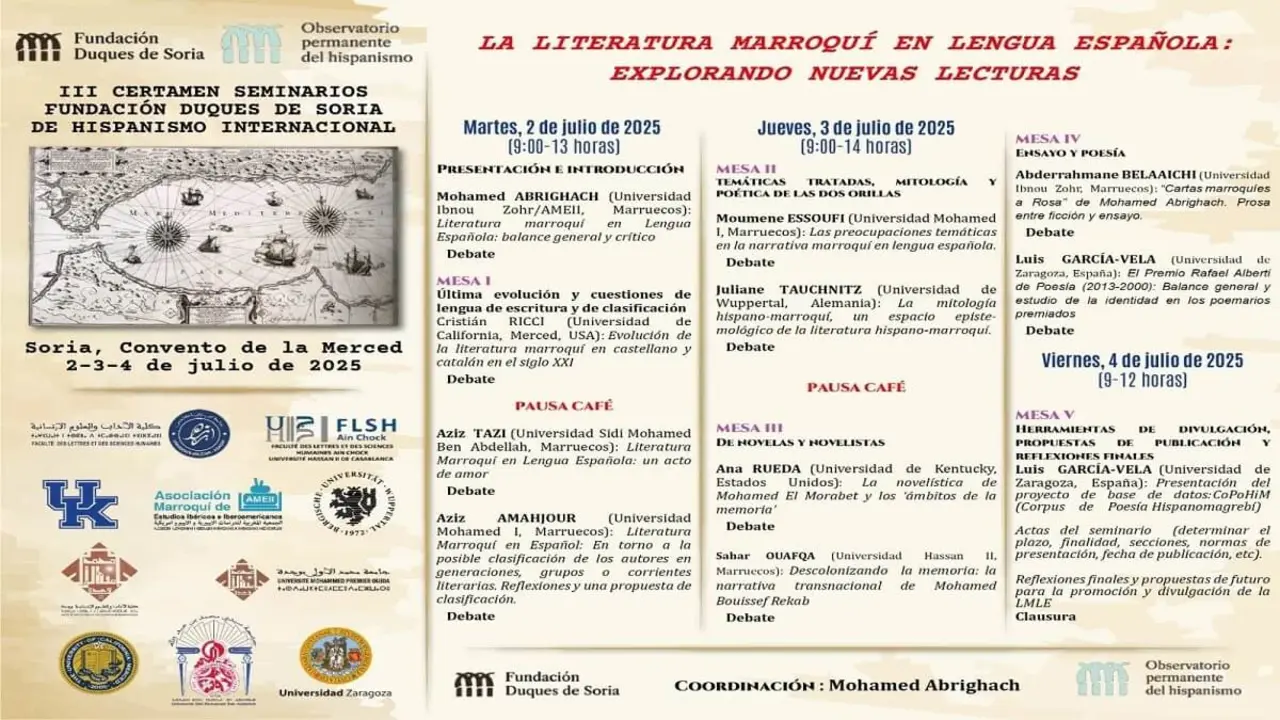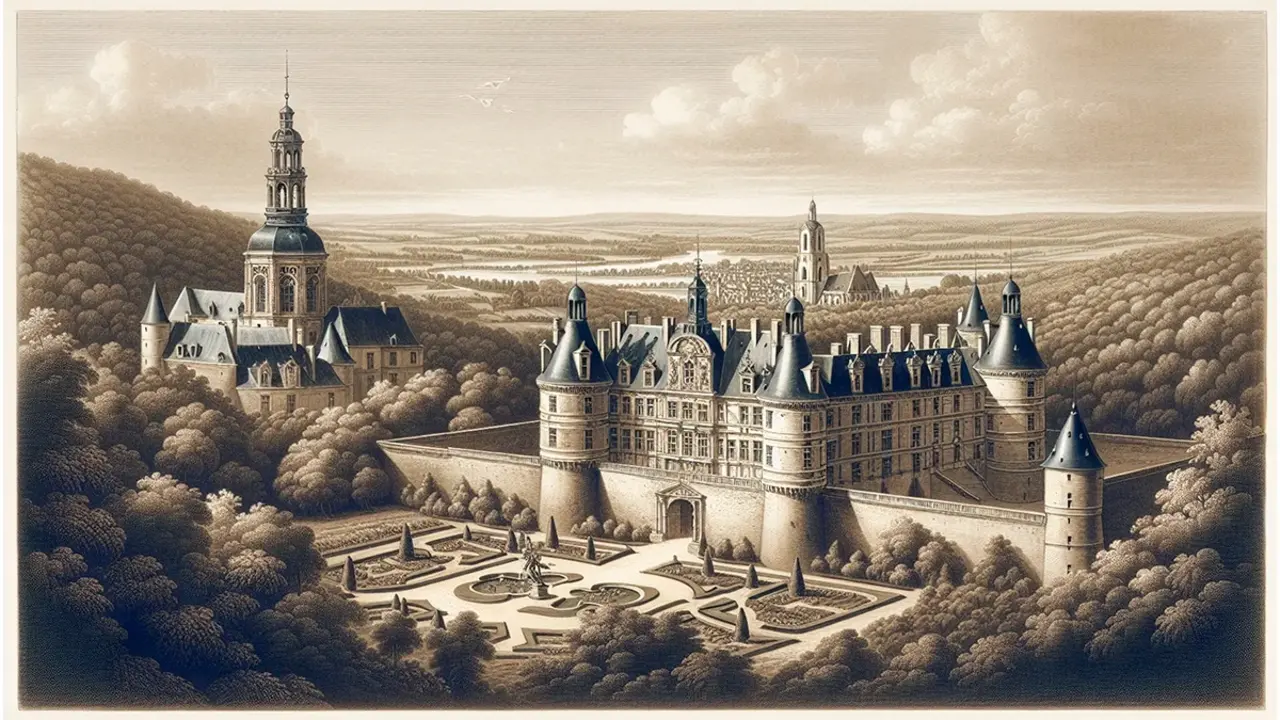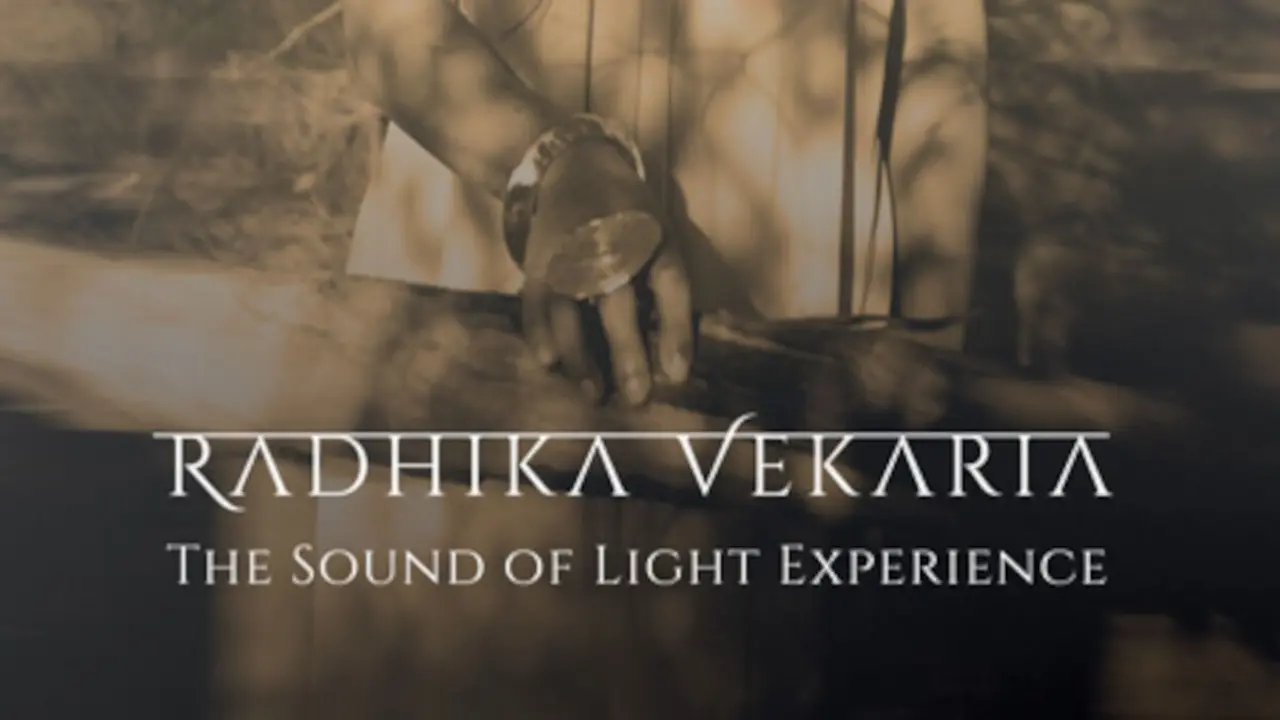Le paysage de Marrakech de Churchill a été vendu par Angelina Jolie

The only painting made by Winston Churchill during World War II, Tower of the Koutoubia Mosque (1943) has been sold by actress Angelina Jolie. The former British prime minister gave this landscape to Franklin D. Roosevelt in 1943 and it has now sold for a record £7 million (£8 million with fees) at Christie's British Art Evening Sale.
As well as being a politician, statesman, historian and writer, Churchill in his adult life had a hobby as a painter. In Morocco, after the Casablanca Conference in January 1943, Churchill painted oil on canvas in Marrakesh. Roosevelt was invited by the politician after the end of the conference to see the sunset over the Moroccan city along with the Atlas Mountains.
"You can't get all the way to North Africa without seeing Marrakesh," he is said to have told Roosevelt. "I must be with you when you see the sunset over the Atlas Mountains." A newspaper photograph taken at the time shows the two wartime Allied leaders admiring the sunset.
After the American delegation left, Churchill painted this view and sent it to Roosevelt as a political and personal gesture. "This is Churchill's diplomacy at its most personal and intense," said Christie's director of modern British and Irish art, Nick Orchard. It was later given to his ex-partner (then partner) by actor Brad Pitt.

Christie's auction house called it "Churchill's most important work". "Apart from its distinguished provenance, it is the only landscape he went mad about during the war," it added.
Sold for £8 million, it beats the previous record price for a work by the politician Churchill. That sale was £1.7m, for the piece The Goldfish Pool at Chartwell at a Sotheby's sale from the collection of Mary Soames, Churchill's daughter, in 2014 in London.
The Koutoubia Mosque Tower was sold by telephone to a bidder who was in contact with Christie's surrealism specialist Oliver Camu. The client bought the three Churchill paintings on auction that evening, one of which is Scene in Marrakesh (circa 1935) and The Garden of St Paul's Church from 1927. The former sold for £1.5 million and the latter for £1 million. In other words, this impostor spent £11.2 million on the politician's works.
Churchill made six visits to the North African country over the course of 23 years, the country and its light, an escape from the monochrome of England, enchanted the politician. "Here, in these spacious palm groves rising from the desert, the traveller may be assured of perennial sunshine (...) and may gaze with unceasing satisfaction upon the majestic and snowy panorama of the Atlas Mountains," he wrote in the British newspaper Daily Mail in 1936.

In his 40s, Churchill found himself at the lowest point of his career after the First World War. He became a military officer and resigned from his government post, consumed by anxiety he began his new hobby: painting. He first picked up a brush at the suggestion of his sister-in-law, Lady Gwendoline Bertie.
He wrote later in 1920, in essays that became his little book, 'Painting as a Pastime', that "painting came to my rescue at a very difficult time". Painting then became for him a source of relief and a respite from stress. He created more than 550 paintings and his entertainment advanced as his career as a writer, orator and political leader progressed.
He focused on outdoor landscapes and seascapes, a habit that began with the Impressionists in the late 19th century. Churchill admired avant-garde artists such as Manet, Monet, Cezanne and Matisse. Indeed, he is known to have travelled to the very places where they had painted before him in search of the light and earth they had reflected in their works. In addition to landscapes, he attempted still lifes and portraits.
He developed an admirable talent for art. He was fond of oils for their bright colours and flexible nature. "Simply painting is great fun," he wrote. "The colours are delightful to look at and delicious to squeeze out."
"His approach was very simple: go out and paint what you see," Duncan Sandys, Churchill's great-grandson, told Artsy. "He did it for fun; he didn't take his paintings very seriously." He also worked during his political travels to Egypt, Italy, Morocco and the south of France, among other places.
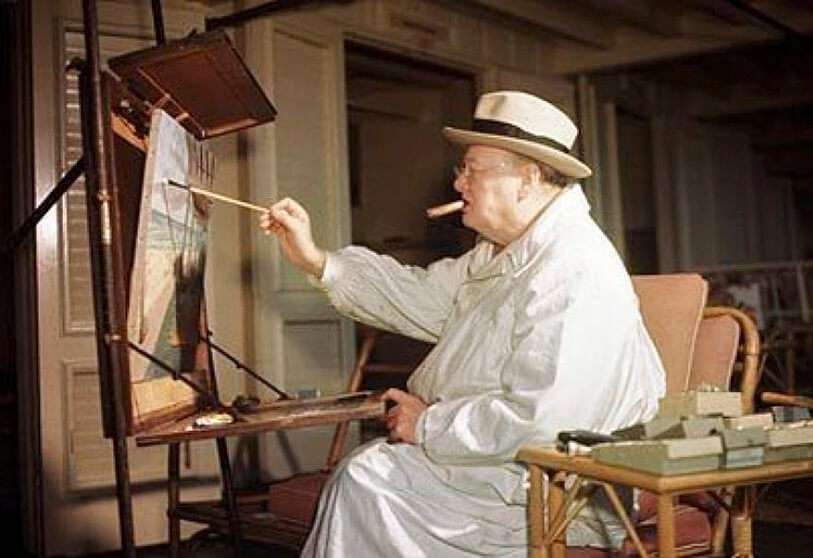 His works illustrate his favourite travel destinations, holidays and family members. Bright tones delighted him, and he used colours such as blue, bright greens and other warm tones. He often resorted to painting to improve his mood, so this selection of colours is not surprising.
His works illustrate his favourite travel destinations, holidays and family members. Bright tones delighted him, and he used colours such as blue, bright greens and other warm tones. He often resorted to painting to improve his mood, so this selection of colours is not surprising.
He suffered from bouts of depression and described it as the "black dog" that had clung to him. A relationship has been noted between the most difficult moments in his life and the number of paintings at the time.
Duncan Sandys believes that painting made the politician a more effective leader, because it improved his observation and memory. Churchill created only one painting during the Second World War, which was sold this month.
In recent years, his great-grandson has helped to stage exhibitions of his paintings, including a touring exhibition in the United States that was organised in collaboration with the National Churchill Museum.
The latest exhibition, which launched in spring 2018 at Heather James Fine Art in Palm Desert, California, includes 11 paintings from Sandys's father's collection.

